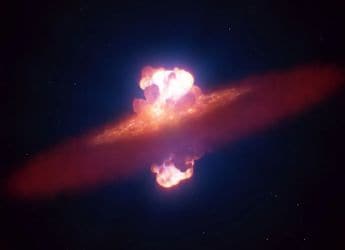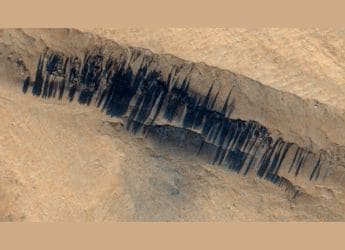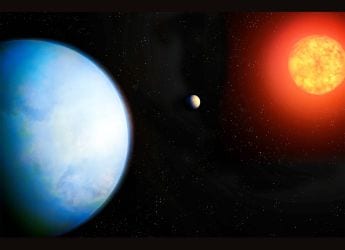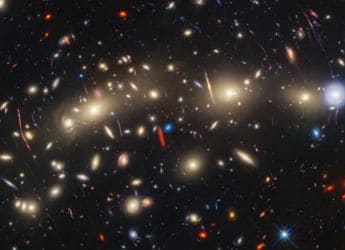- Home
- Mobiles
- Mobiles News
- Sony Xperia Z2a With 5 Inch Display and Snapdragon 801 SoC Launched
Sony Xperia Z2a With 5-Inch Display and Snapdragon 801 SoC Launched
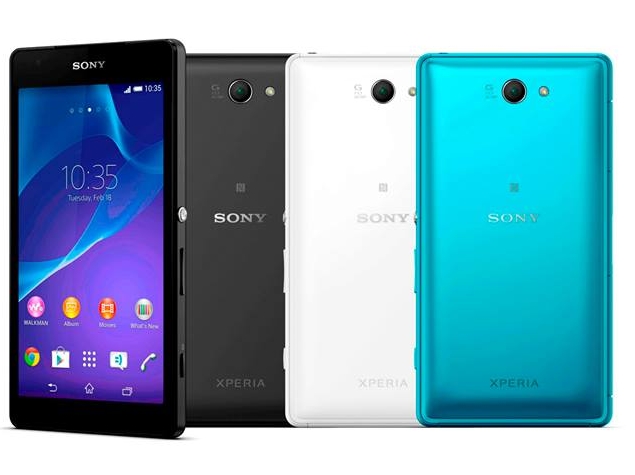
Unfortunately, the company has not revealed any details whether the Xperia Z2a will be available outside Taiwan.
The Sony Xperia Z2a, much like its Japanese sibling the Xperia ZL2 that launched in May on KDDI, runs Android 4.4 KitKat out-of-the-box.
The smartphone features a 5-inch full-HD LCD Triluminos Display with Mobile Bravia Engine 2 and X-Reality, delivering a pixel density of 440ppi.
Notably, the Xperia Z2a, much like the Xperia ZL2, runs a quad-core Qualcomm Snapdragon 801 processor clocked at 2.3GHz coupled with Adreno 330 GPU and 3GB RAM. It's worth noting that Sony's 2014 flagship, the Xperia Z2, is also backed by the same processor.
The Xperia Z2a sports a 20.7-megapixel CMOS 1/2.3-inch Exmor RS sensor with f2/2 aperture and Bionz image processing technology that is capable of recording 4K (3840x2160 pixels) resolution videos. It also comes with a 0.3-megapixel front-facing camera.
The smartphone comes with 16GB of inbuilt storage, and can be expanded via microSD card (up to 128GB). The Xperia Z2a supports LTE connectivity (Taiwan's 4G LTE bands) apart from Bluetooth, Wi-Fi, GPS/ A-GPS, GPRS/ EDGE and 3G connectivity options. It is backed by a 3000mAh battery.
The Xperia Z2a, much like other high-end Xperia handsets, is a waterproof (IPX5/IPX8) and dust-proof (IP5X) device.
The Xperia Z2a launch was first reported by Focus Taiwan and the handset will be available in Black, Turquoise, and White.
Sony also launched its new mid-range smartphone, the Xperia T3, in Taiwan, alongside the Xperia Z2a. The Xperia T3 was recently announced with an end-July availability.
Mobiles launched in June 2014
Get your daily dose of tech news, reviews, and insights, in under 80 characters on Gadgets 360 Turbo. Connect with fellow tech lovers on our Forum. Follow us on X, Facebook, WhatsApp, Threads and Google News for instant updates. Catch all the action on our YouTube channel.
Related Stories
- Samsung Galaxy Unpacked 2025
- ChatGPT
- Redmi Note 14 Pro+
- iPhone 16
- Apple Vision Pro
- Oneplus 12
- OnePlus Nord CE 3 Lite 5G
- iPhone 13
- Xiaomi 14 Pro
- Oppo Find N3
- Tecno Spark Go (2023)
- Realme V30
- Best Phones Under 25000
- Samsung Galaxy S24 Series
- Cryptocurrency
- iQoo 12
- Samsung Galaxy S24 Ultra
- Giottus
- Samsung Galaxy Z Flip 5
- Apple 'Scary Fast'
- Housefull 5
- GoPro Hero 12 Black Review
- Invincible Season 2
- JioGlass
- HD Ready TV
- Laptop Under 50000
- Smartwatch Under 10000
- Latest Mobile Phones
- Compare Phones
- Vivo Y500 Pro
- Realme GT 8 Pro Aston Martin F1 Limited Edition
- Huawei Mate 70 Air
- Moto G57
- Moto G57 Power
- Motorola Edge 70
- Moto G Play (2026)
- Moto G (2026)
- MacBook Pro 14-inch (M5, 2025)
- Asus Vivobook S16 (S3607QA)
- iQOO Pad 5e
- OPPO Pad 5
- Noise Diva 2
- Noise Halo 2
- Acerpure Nitro Z Series 100-inch QLED TV
- Samsung 43 Inch LED Ultra HD (4K) Smart TV (UA43UE81AFULXL)
- Asus ROG Ally
- Nintendo Switch Lite
- Haier 1.6 Ton 5 Star Inverter Split AC (HSU19G-MZAID5BN-INV)
- Haier 1.6 Ton 5 Star Inverter Split AC (HSU19G-MZAIM5BN-INV)















